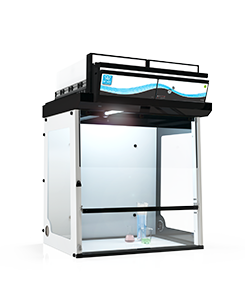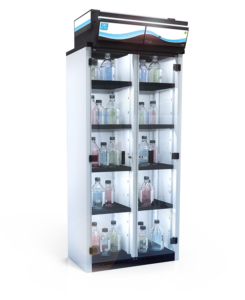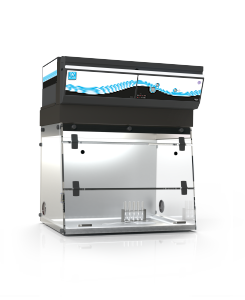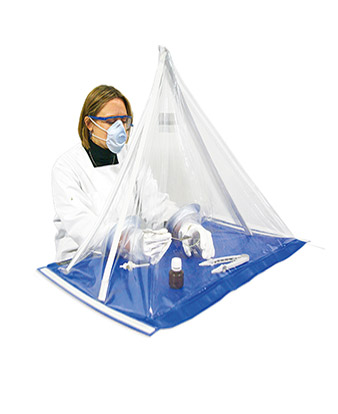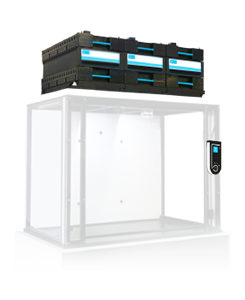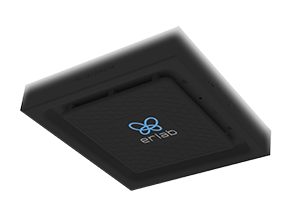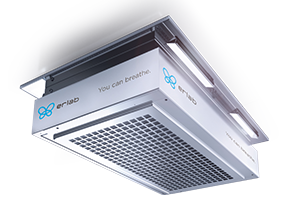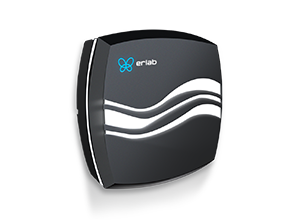The pre-treatment experiment is an extremely time-consuming, tedious, and easy-to-induce analytical measurement error process. It determines the results of analytical testing. Therefore, safe and efficient conduct of each laboratory and lab staff needs to be ensured during pre-treatment experiments.
Pre-treatment experiments mainly include weighing (click here for more information), mixing, dilution, pipetting, vacuum filtration and other instrument operation experiments, which are common in disease control/entry-exit/pharmaceutical/food/agricultural products and other industries, involving a large number of chemicals. Most of the chemicals are toxic, corrosive, and volatile.
- Mixing
Commonly used chemicals: methanol, ethanol, acetone, acetone, acetonitrile, n-hexane/cyclohexane, acid chemicals…… - Dilution
Commonly used chemicals: methanol, sodium hydroxide, n-hexane/cyclohexane, toluene, acid chemicals…… - Pipetting
Commonly used chemicals: methanol, sodium hydroxide, n-hexane/cyclohexane, toluene, chloroform, acid chemicals……
Risk in pre-treatment experiments
Reagent bottles with various exposures; The experiment was carried out naked on the operating table; Clean cloth or paper was not handled in time… These are volatile sources and risk points that you may have overlooked. To reduce the risk of chemical inhalation and avoid health hazards, please pay attention to the risk.
Strengthen safety awareness
Non-standard operation in the experiment will lead to explosions, burns, poisoning, and other accidents, this immediate risk will often be paid attention to, and the accumulation of trace chemical inhalation caused by long-term health hazards cannot be ignored!
The permissible exposure concentrations of chemicals PC-STEL, MAC, and PC-TWA are mandatory requirements in the workplace.
Short-term or immediate danger (easy to detect/feel)
– PC-STEL (maximum permissible concentration)
The concentration of toxic chemicals that should not be exceeded in the workplace/during a working day/at any time
– MAC (Short Exposure Tolerance)
The concentration allowed for a short exposure time of 15 minutes under PC-TWA compliance
Medium – and long-term dangers
Difficult to detect and feel, because it is smoke-free, tasteless, and invisible!
Medium and long-term health impairment.
– PEL (Permissible Exposure Limits):
The Permissible Exposure Limits (PEL) is published by the OSHA (Occupational Safety and Health Administration) and is a legal limit in the United States for an exposure over 8 hours per day of an employee to chemical substance or physical agent.
Reduce chemical volatilization as much as possible
When mixing, diluting, and pipetting, take chemicals as needed and use containers with small opening areas as much as possible to operate the experiment, because the larger the open area of the container, the faster the chemical volatilization!
It is best to use a suction filter pump with a collecting device in vacuum filtration.
As far as possible to reduce volatilization and improve the efficiency of chemical use.
Select the appropriate protective purification equipment
Trapping pollution at the source can protect your own safety, but also protect the surrounding people and the environment.
Sampling, stirring, mixing, pipetting…
Erlab filtering ductless fume hoods trap pollution at the source and protect you from health hazards caused by chemical gas inhalation during experimental operation!
To identify the risk points in your laboratory and provide customized solutions, don’t hesitate to get in touch with Erlab.
It is best to use a suction filter pump with a collecting device in vacuum filtration.
As far as possible to reduce volatilization and improve the efficiency of chemical use.



